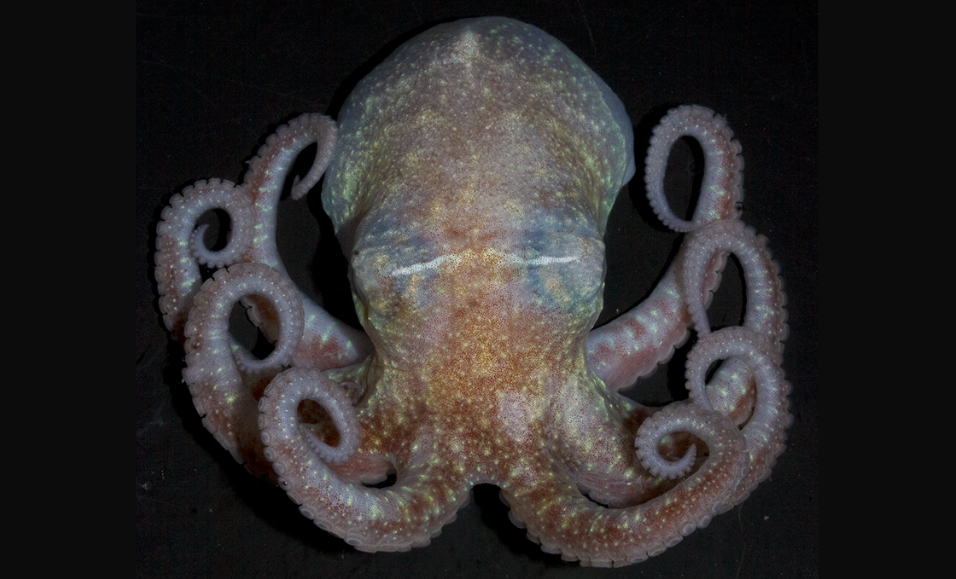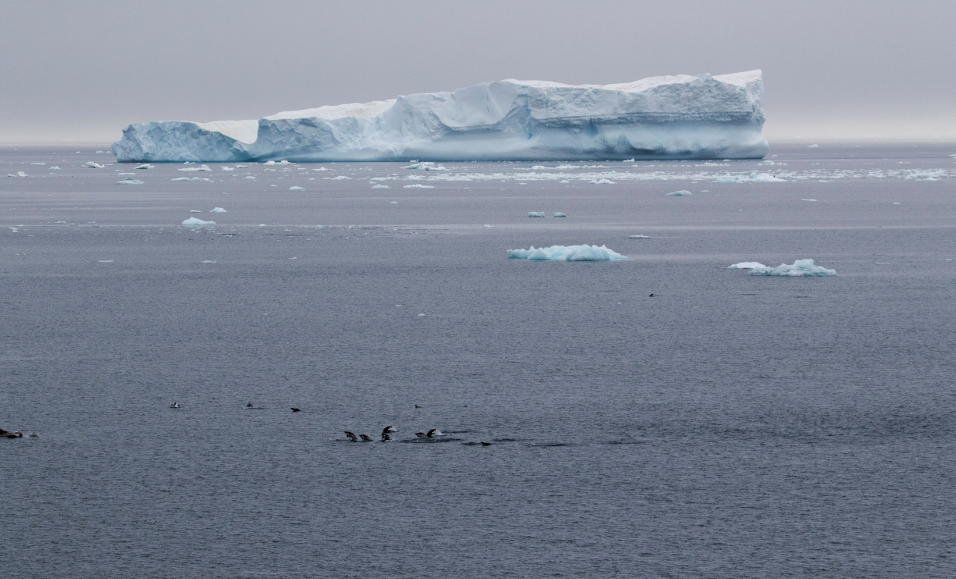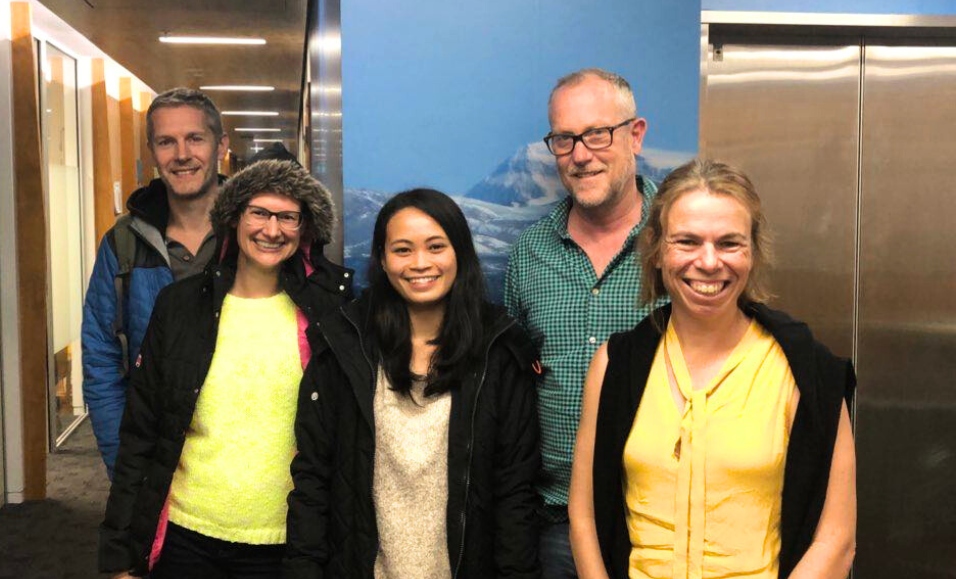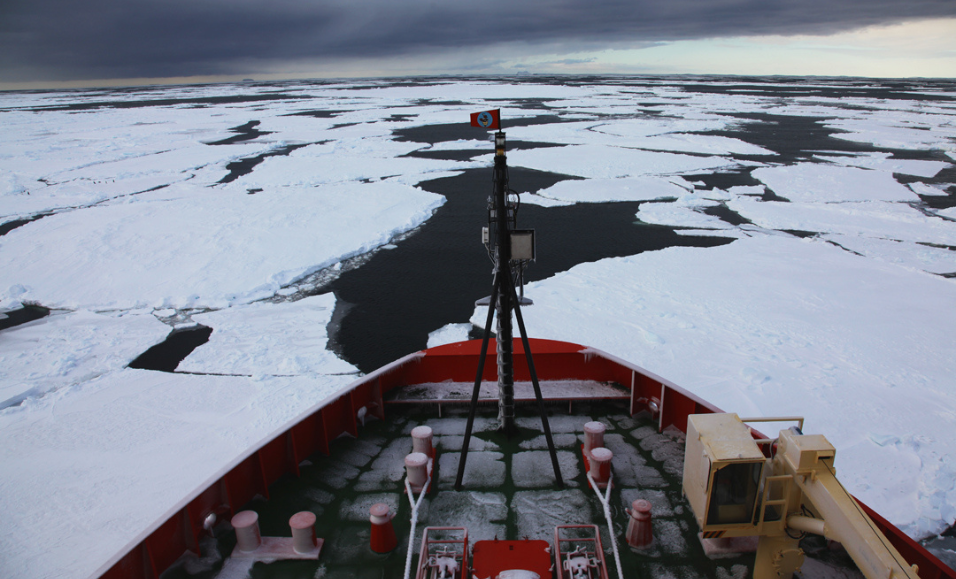Octopus DNA predicts future West Antarctic Ice Sheet collapse

Turquet’s octopus (Pareledone Turqueti) Credit: Elaina M. Jorgensen

Professor Jan Strugnell and Dr Sally Lau in the genomics lab at James Cook University. Credit: Joe Perkins

The Weddell Sea. Credit: Steven Chown

The scientists involved in the paper, Associate Prof. Nick Golledge, Dr Nerida Wilson, Dr Sally Lau, Prof. Tim Naish and Prof. Jan Strugnell.

The Ross Sea from the Nathaniel B. Palmer. Credit: Cassandra Brooks
The study published in Science was led by Professor Jan Strugnell, Chief Investigator, and Dr Sally Lau, Postdoctoral Research Fellow, from ARC Securing Antarctica’s Environmental Future at James Cook University in collaboration with an international team of scientists.
Professor Strugnell said the team’s research solves a long-running mystery that has puzzled scientists about whether the WAIS collapsed during the Last Interglacial period.
“This was a period when global average temperatures were 0.5 – 1.5 °C warmer than preindustrial levels, but global sea level was 5 – 10 metres higher than today,” said Professor Strugnell.
“What makes the WAIS important is that it is also Antarctica’s current biggest contributor to global sea level rise. A complete collapse could raise global sea levels by somewhere between 3 and 5 metres.”
“Understanding how the WAIS was configured in the recent past when global temperatures were similar to today, will help us improve future sea level rise projections.”
Dr Lau said that population genetics offered an exciting and novel approach to answering this question.
“DNA holds a history of its past and can be used to look back in time to pinpoint when different populations of animals were mixing and exchanging genetic material.”
The team compared the genetic profiles of Turquet’s octopus (Pareledone Turqueti) found in the Weddell, Amundsen and Ross seas and found genetic connectivity dating back to the Last Interglacial period.
“This genetic connectivity would only be possible if a complete collapse of the WAIS occurred during the Last Interglacial, opening seaways linking the present-day Weddell, Amundsen and Ross seas.”
“This would have allowed octopus to travel across the open straits and exchange genetic material, which we can see in the DNA of today’s populations,” said Dr Lau.
Professor Strugnell and Dr Lau say that the findings will support decision-making around adaptation and mitigation measures to manage sea level rise in coastal regions around the world.
Media Materials
Interviews are available with
- Dr Sally Lau, Research Fellow, Securing Antarctica’s Environmental Future, James Cook University, E: cheukying.lau@jcu.edu.au
- Professor Jan Strugnell, Chief Investigator, Securing Antarctica’s Environmental Future, James Cook University, E: strugnell.jan@jcu.edu.au
Media Contacts
Anna Quinn, Senior Communications Adviser, SAEF (Melbourne)
E: anna.quinn@monash.edu
M: 0437 565 300
Alistair Bone, Media Liaison, James Cook University (Townsville)
E: alistair.bone@jcu.edu.au